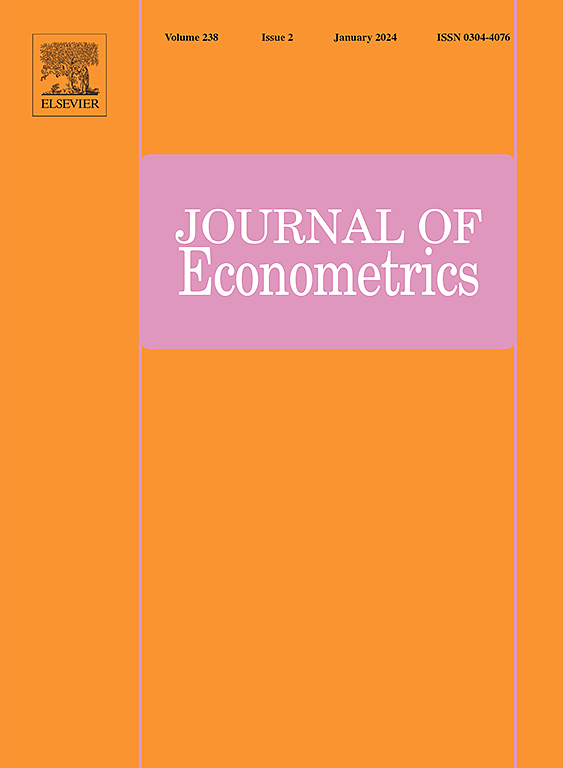Why are replication rates so low?
IF 9.9
3区 经济学
Q1 ECONOMICS
引用次数: 0
Abstract
Many explanations have been offered for why replication rates are low in the social sciences, including selective publication, -hacking, and treatment effect heterogeneity. This article emphasizes that issues with the most commonly used approach for setting sample sizes in replication studies may also play an important role. Theoretically, I show in a simple model of the publication process that we should expect the replication rate to fall below its nominal target, even when original studies are unbiased. The main mechanism is that the most commonly used approach for setting the replication sample size does not properly account for the fact that original effect sizes are estimated. Specifically, it sets the replication sample size to achieve a nominal power target under the assumption that estimated effect sizes correspond to fixed true effects. However, since there are non-linearities in the replication power function linking original effect sizes to power, ignoring the fact that effect sizes are estimated leads to systematically lower replication rates than intended. Empirically, I find that a parsimonious model accounting only for these issues can fully explain observed replication rates in experimental economics and social science, and two-thirds of the replication gap in psychology. I conclude with practical recommendations for replicators.
为什么复制率如此之低?
对于社会科学领域重复率低的原因,有很多解释,包括选择性发表、P-黑客和治疗效果异质性。本文强调,复制研究中最常用的样本量设定方法的问题可能也是一个重要原因。从理论上讲,我在一个简单的发表过程模型中表明,即使原始研究没有偏倚,我们也应该预期复制率会低于其名义目标。其主要机制在于,最常用的设定复制样本大小的方法并没有正确考虑原始效应大小是估计出来的这一事实。具体来说,这种方法是假设估计的效应大小与固定的真实效应相对应,从而设定复制样本量以达到名义功率目标。然而,由于复制功率函数中存在将原始效应大小与功率联系起来的非线性,忽略效应大小是估计出来的这一事实会导致系统复制率低于预期。根据经验,我发现一个只考虑这些问题的简约模型可以完全解释实验经济学和社会科学中观察到的复制率,以及心理学中三分之二的复制差距。最后,我为复制者提出了切实可行的建议。
本文章由计算机程序翻译,如有差异,请以英文原文为准。
求助全文
约1分钟内获得全文
求助全文
来源期刊

Journal of Econometrics
社会科学-数学跨学科应用
CiteScore
8.60
自引率
1.60%
发文量
220
审稿时长
3-8 weeks
期刊介绍:
The Journal of Econometrics serves as an outlet for important, high quality, new research in both theoretical and applied econometrics. The scope of the Journal includes papers dealing with identification, estimation, testing, decision, and prediction issues encountered in economic research. Classical Bayesian statistics, and machine learning methods, are decidedly within the range of the Journal''s interests. The Annals of Econometrics is a supplement to the Journal of Econometrics.
 求助内容:
求助内容: 应助结果提醒方式:
应助结果提醒方式:


